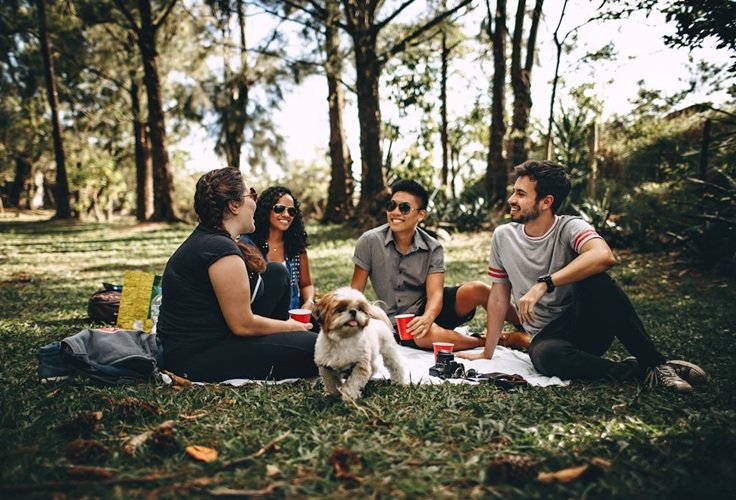4 Tips for Planning a Local Community Event

Shared experiences bring people together. They make relationships stronger, boost teamwork, and help everyone feel like part of a group. Local community events like street fairs, farmers’ markets, neighborhood gatherings, or cultural celebrations let people celebrate creativity, diversity, and togetherness. Planning even a small event takes some effort to make sure things go well and guests enjoy it. Here are four helpful steps to plan a community event that people will remember.
Set Clear Goals
First, figure out why you’re hosting the event before worrying about the details. Are you trying to spread the word about a cause, highlight local artists, or create a spot where neighbors can connect? Pinning down one core purpose will shape every choice you make. It’ll help you pick activities, find partners, and share the right message. Next set goals you can measure as you plan. Maybe you’re aiming to attract 100 attendees, bring together ten local vendors, or collect a certain amount in donations. Knowing your end goals makes organizing smarter and more focused. It also makes it simpler to get help from sponsors, rally volunteers, or secure approvals from the town council.
Pick the Perfect Spot
The place you pick can either help your event succeed or cause problems. Choose a spot that matches the vibe and size you are aiming for, and make sure everyone in your community can get to it. Parks, school gyms, libraries, or town squares often work great because they are easy to notice and can be set up in different ways. Always look into things like permits, insurance rules, and local laws since these differ from town to town. You also need to think about things like parking spots, restrooms, and backup plans if the weather changes. If your event needs space for vendors or performers, confirm that booths and technical setup will fit. Planning the location well shows visitors you care and makes the event more enjoyable for everyone.
Build Connections and Team Up with Others
No event gets created in isolation. Partnering with community groups nearby businesses, and volunteers helps share responsibilities and boosts participation. Connect with schools, nonprofit groups, or cultural organizations to pitch in with activities or even co-host the event. Their support not only adds variety to what your event offers, but also strengthens relationships within different parts of the community. Add small meaningful details that highlight the area’s unique charm and talent. You could, for instance, invite local craftsmen to showcase their handmade items or use artificial flower arrangements from local vendors to brighten the space without needing to worry about flowers wilting. Little additions like these show care and promote the idea of working together.
Think Outside the Box While Promoting
Spreading the word takes more than putting up some flyers. Design a promotional plan to connect with your audience’s preferences and the way they communicate. Use things like social media posts, word-of-mouth buzz, neighborhood newsletters, or team up with local influencers or groups to get more eyes on your event. Make sure you keep your message open to everyone. Point out details that make it friendly to families with older folks or people with disabilities. If your event’s about celebrating a specific tradition or culture, ask people from that community to help create the promotional content. It’ll feel more genuine and show respect. A good promotion builds excitement even before the event starts setting the stage for a great experience.
Plan To Follow Up After Your Event
When the event wraps up, your work doesn’t end there. Once you tear down the last booth, take time to reflect and celebrate what you accomplished. Ask attendees, volunteers, and partners for their feedback to understand what went well and what might need improvement. Sharing key results, like attendance numbers or donations raised, ensures openness and motivates people to stay involved in the future. You might also want to send thank-you notes to everyone who contributed and share memorable moments through a recap video or posts on social media. Keeping the dialogue alive after the event reminds your community that their involvement mattered and encourages them to stay connected.
Conclusion
Organizing an event in your community takes both effort and passion. Setting clear objectives picking a suitable venue fostering teamwork ensuring everyone feels welcome, and thoughtfully following up help create more than just an event. They build moments that bring the neighborhood closer and highlight its spirit. Whether it’s to support a cause or just to enjoy being together careful preparation makes sure people leave feeling closer to one another.



